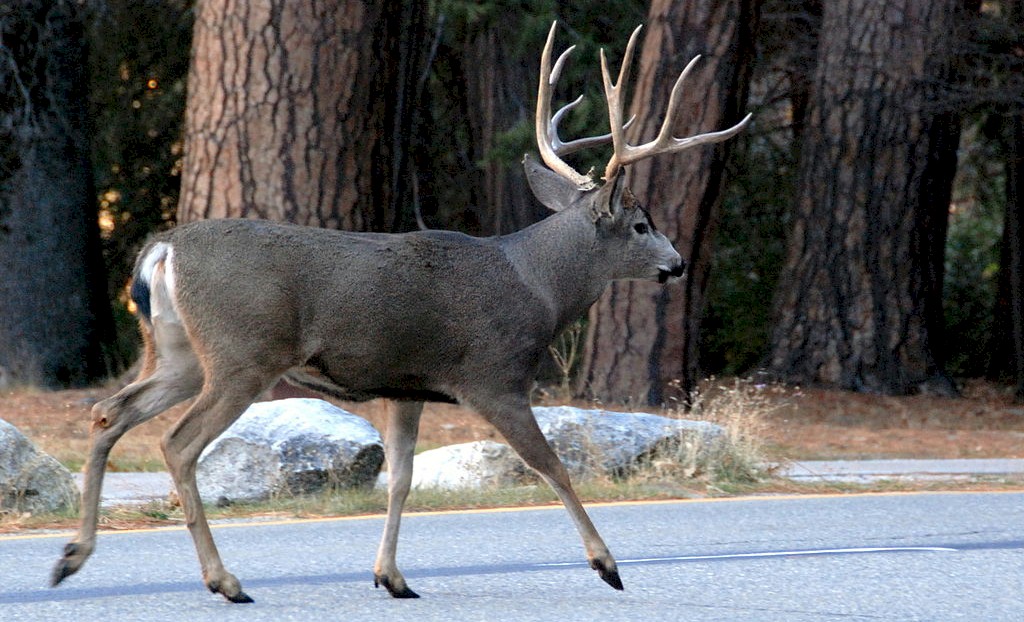Deer Breeds
 |
| Photo Source: Wikipedia.org |
The mule deer (Odocoileus hemionus) is a species of deer found in western North America. It is named for its large, mule-like ears, which are much larger than those of other species of deer. Mule deer have a reddish-brown coat and a white underbelly and tail. The males have small to medium-sized, simple antlers.
Mule deer are found in a variety of habitats, including deserts, forests, and grasslands, and are adaptable to different environments. They are herbivores and feed on a variety of vegetation, including leaves, shoots, and grasses.
Mule deer are primarily active during the day and are known for their agility and speed. They are solitary animals and are most active during the early morning and late afternoon.
Mule deer populations are considered to be stable in many areas, but have declined in others due to habitat loss, hunting, and competition with livestock. The species is considered to be a game species in many countries, with populations managed for hunting. Conservation efforts are underway in some areas to protect their habitats and preserve their populations, including measures to control hunting, promote sustainable land use practices, and support research and monitoring programs.

